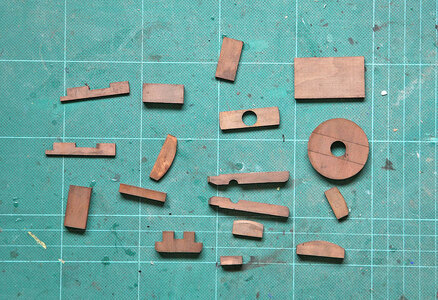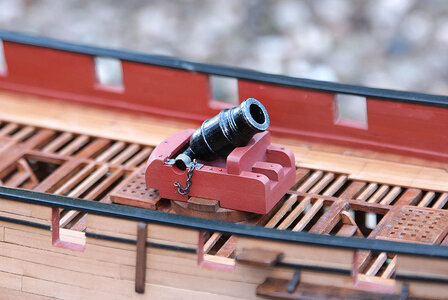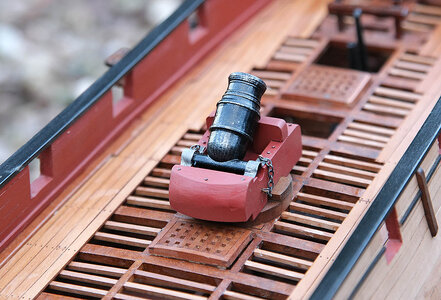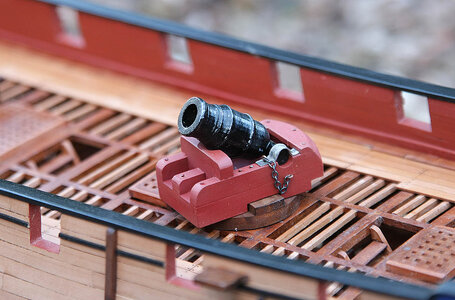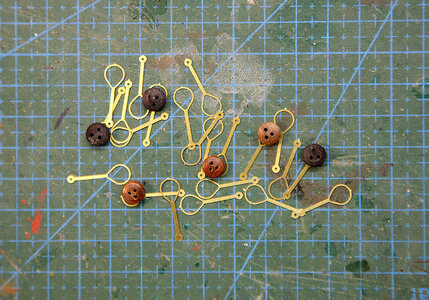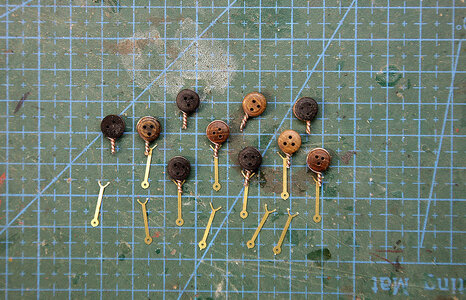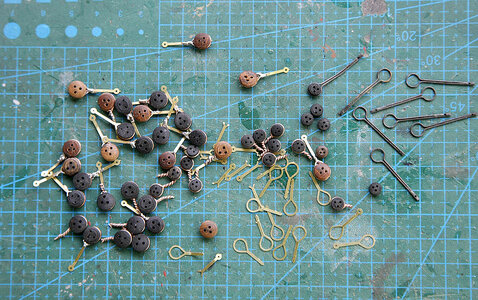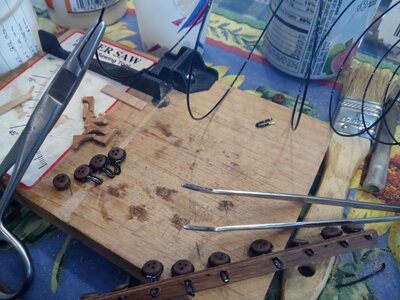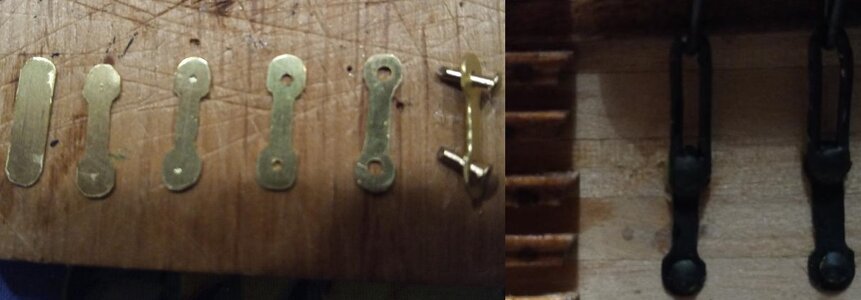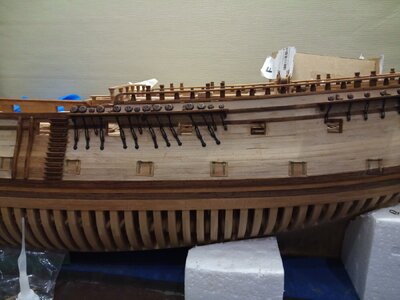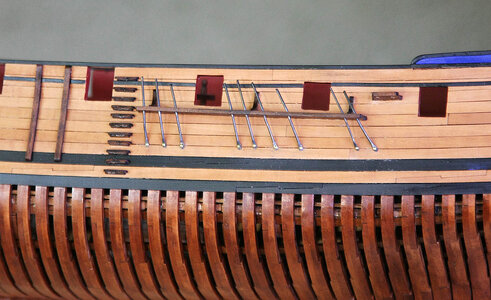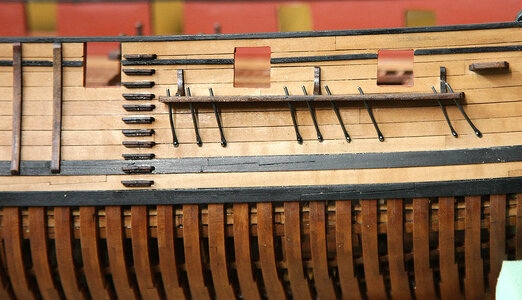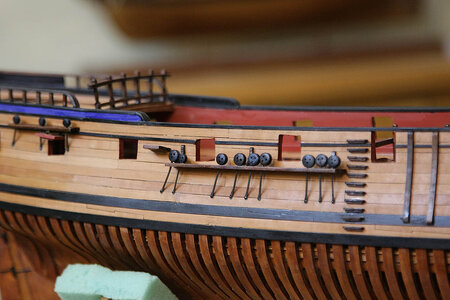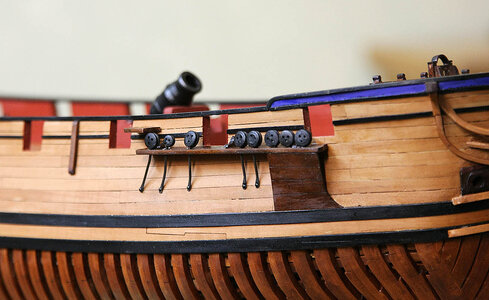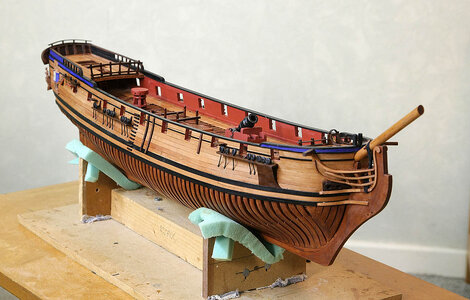Hello, good morning and welcome. Thank you for the many likes and comments that you gave after my last post.
The build continues, this time with the rudder. I’d made the body of the rudder up some time ago ready for when it would be needed. Again no plan or sizing in the instructions but fortunately there is a correct scale drawing in the Anatomy book so I was able to make it up quite easily; it consisted of five pieces which went together well. However when you look at the first picture you will see what the kit would have you build, the shape and size being dictated by that awful pre scribed sheet that is totally wrong, it just wasn’t necessary.
Now to the hinges !!! If they’d wanted to make them more difficult I doubt that they could, it’s one thing having a computer to design things but it’s another for mere humans to make them. At first I didn’t think that they were included as there was no reference to them at all, but I realised that they were included on the very thin photo etch sheet, I hadn’t recognised them at first as they looked nothing like rudder hinges that I’d ever seen before. The pintles were all part of the hinge and needed nine folds of the PE piece to make each side up, as I said there was no guide on doing this and with this type of PE you only get one fold before it breaks off. I eventually worked it out and got the eight pieces made up with only breaking one hinge, I decided to solder the rudder and hull pintles together otherwise there would be no strength in them, it only needed to look right and not have to work, when done I blackened them. Prior to fixing I put a thin brass rod in the rudder to give it a secure fix into the sternpost rather than rely on the hinges for support. After a lot of fiddling and a few choice words I eventually got the rudder into place, it ended up looking ok.
I made up and fitted the gun port lid, I think that other than oiling the hull is now finished except for the deadeyes which are not included with the kit.
View attachment 419097
View attachment 419098
View attachment 419099
View attachment 419100
View attachment 419101
View attachment 419102
View attachment 419103
View attachment 419104




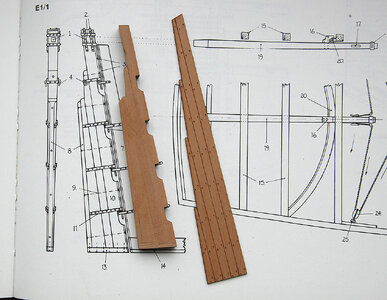

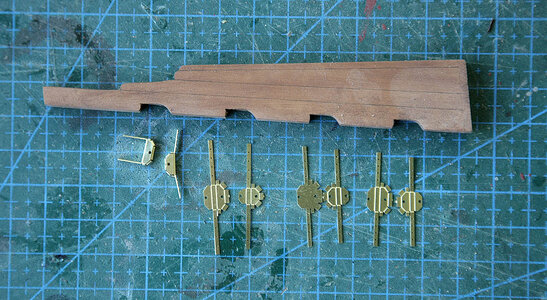
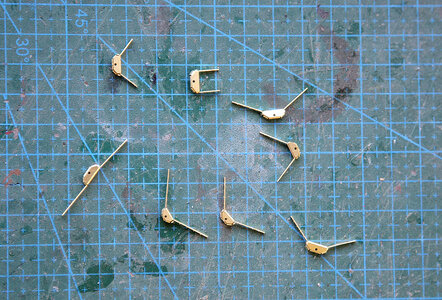
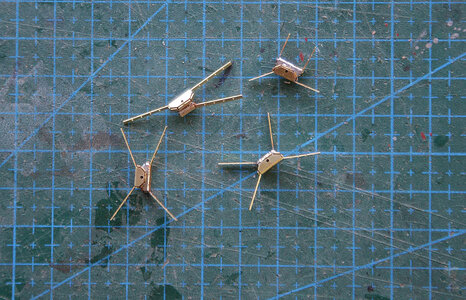
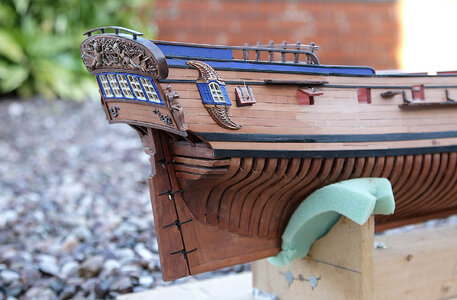
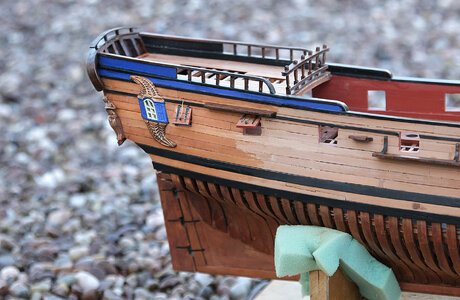


 !
!